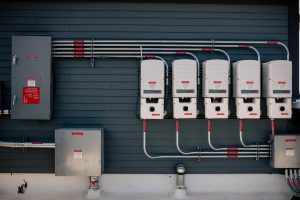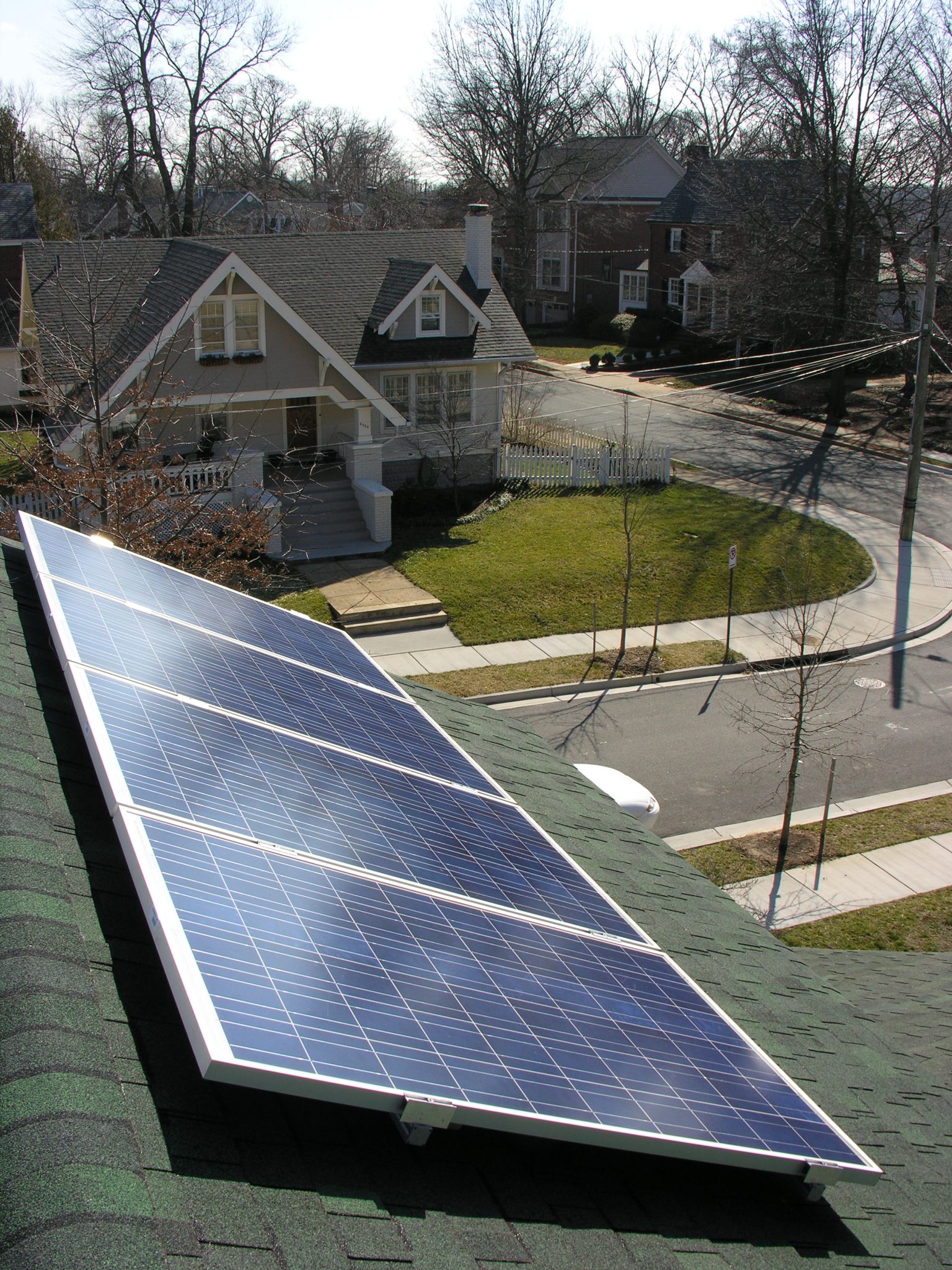Solar power is an alternative, renewable energy source that helps make the planet greener and can also give solar users impressive financial incentives and tax credits. Many homeowners consider solar energy because of these benefits, but are unsure of how solar energy works. Understanding the basics of how solar energy can power your home is crucial for deciding if solar power is the right choice for your home and livelihood.
Solar energy is collected and turned into electricity by photovoltaic solar panels. Any home or business that switches to solar energy will have some sort of solar array installed on the property. But how, exactly, do these solar panels work and bring electricity to your home?
As a solar panel installer serving Northern Virginia, DC, and Maryland, we are here to help you understand everything about solar energy—from environmental benefits to economics of solar to equipment—to guide you into making an informed decision. Below is our guide to how solar panels function.

Solar Panel Materials
Solar panels (aka solar modules) are made up of silicon cells/conductors. Some solar panels are produced with mono-crystalline or polycrystalline silicon cells. When sunlight hits a silicon cell, the electrons of the cells begin to move, and this generates an electric charge. Solar panels are built with wiring and casing that helps to carry the electric current. Additionally, solar panels have inverters, a device that converts the direct current generated by the sun into alternating current (AC). Another important piece of solar panel equipment is a racking system, which holds your solar panels in place. These are made of strong metals that are designed to outlast strong winds and weather.
Generating Energy & Powering Your Home
Once sunlight hits the silicon cells of a solar panel and creates a direct charge, this charge needs to be converted into an alternating current, the type of current that can be used to power your home. The direct current travels through the inverter, which turns it into an alternating current.
After the current has been converted, the new AC current travels through the array’s wires into your energy net meter. At this step, your meter measures how much energy your home needs and how much your solar panels have generated. Some homeowners who generate more energy with their solar panels than they use may be eligible for an incentive called net-metering, which can give them a credit on their monthly energy bill.
Finally, after passing through the net meter, the AC current enters your home and powers your lights and appliances. As long as there is enough sunlight outside, your panels will continually produce and transfer energy to keep your lights on at home. Your home will most likely still be connected to the power grid, and will use standard electricity to power your home when necessary.
Prospect Solar: Solar Panel Installation in Virginia, DC, and Maryland
Prospect Solar is a solar panel installer in Northern Virginia. We offer solar panel installation in Northern Virginia, DC, Maryland, and beyond. Not only do we provide the equipment necessary for operating your home with solar energy, but we also strive to educate our clients about benefits of solar, how the equipment works, financing options, and much more. We offer residential and commercial solar panel installation, and can also install solar panels for farms and wineries.
Make a change that will help not only your wallet but the planet. Contact us to learn more about solar energy and get started.
